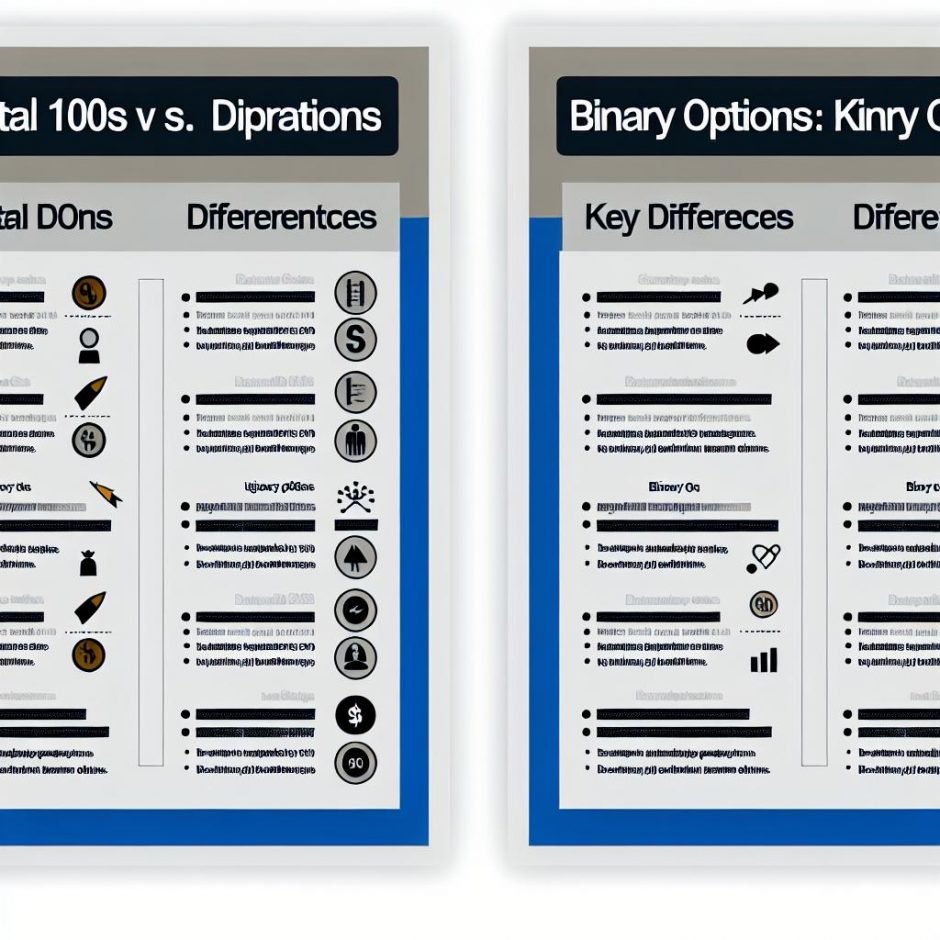Understanding Digital 100s Trades
Digital 100s, frequently referred to as binary options or fixed odds trades, are a fascinating financial instrument that enables traders to participate in markets by predicting the outcome of various scenarios. These predictions focus on determining whether an event will or won’t happen. If the prediction is correct, traders earn a fixed payout; if incorrect, they lose their entire investment. Digital 100s offer a broad scope, allowing traders to engage in various financial markets, including indices, commodities, and currencies. One of the core components of engaging in Digital 100s trading successfully is the ability to identify and understand market trends, which are pivotal in making informed trading decisions.
Analyzing Market Trends
Market trend analysis is an essential part of the Digital 100s trading equation. It involves examining past and current market data to forecast future price movements and market conditions. Several analytical techniques can assist traders in achieving this goal:
Technical Analysis
Technical analysis serves as a methodical approach to evaluating and predicting price movements in the market by analyzing statistical trends gathered from trading activities. This type of analysis relies heavily on charts and various analytical tools.
Moving Averages: Moving averages are utilized to mitigate short-term fluctuations in price data and highlight the underlying direction of the market trend more clearly. Two primary types exist: simple moving averages (SMA), which calculate the mean of a security’s price over a specified period, and exponential moving averages (EMA), which gives more weight to recent prices in its calculation.
Trend Lines: Drawing trend lines on price charts helps visualize market direction. An upward trend line connects a series of higher lows, indicating a bullish trend, while a downward trend line connects lower highs, suggesting a bearish trend.
Chart Patterns: Recognizable formations such as head and shoulders, triangles, and flags can hint at potential market movements. These patterns often suggest a continuation of a current trend or a reversal.
Fundamental Analysis
Fundamental analysis involves a thorough examination of the economic factors, financial statements, and other intrinsic variables that can affect the value of an asset. It is particularly useful for determining long-term trends.
Economic Indicators: National and global economic indicators such as the gross domestic product (GDP), employment rates, and inflation statistics are critical in providing a snapshot of economic health and can influence financial markets profoundly.
Geopolitical Events: Political developments, trade partnerships, and international relations—such as conflicts or alliances—can dramatically affect market conditions and asset valuations. Being aware of these can place traders in a strategic position to anticipate market movements.
Sentiment Analysis
Sentiment analysis measures the general consensus or emotional tone within the market. By understanding the prevailing investor sentiment, traders can better gauge potential market movements.
News Analysis: Monitoring news outlets can provide insights into market sentiment, as significant events reported in the media often have swift and profound impacts on market perceptions.
Social Media Monitoring: In today’s digital age, platforms like Twitter and financial forums can be valuable sources of market sentiment. These platforms, through their user-generated content, often reveal real-time reactions and opinions, providing additional layers of insight.
Combining Analytical Methods
The integration of technical, fundamental, and sentiment analyses provides a well-rounded approach to understanding market trends. Employing this holistic method allows traders to consider multiple perspectives and factors, creating a more robust foundation for making trading decisions in Digital 100s. By doing so, they can enhance their ability to predict market movements accurately.
Resources for Learning More
To develop a deeper understanding of market trends and improve proficiency in Digital 100s trading, it is essential to explore various educational resources, financial news services, and analytical tools. For instance, platforms such as Investopedia offer comprehensive educational resources, covering everything from basic concepts to advanced trading strategies. These resources are critical for traders seeking to refine their skills and strategies.
In summary, identifying and understanding market trends are crucial for effective Digital 100s trading. Through the use of diverse analytical methods and continuous learning, traders can position themselves to make better-informed predictions, thus enhancing their chances of profitability. By combining technical analysis, fundamental insights, and sentiment evaluations, traders can gain a comprehensive view that supports more effective decision-making in these fast-paced financial environments.







